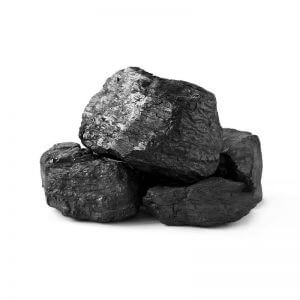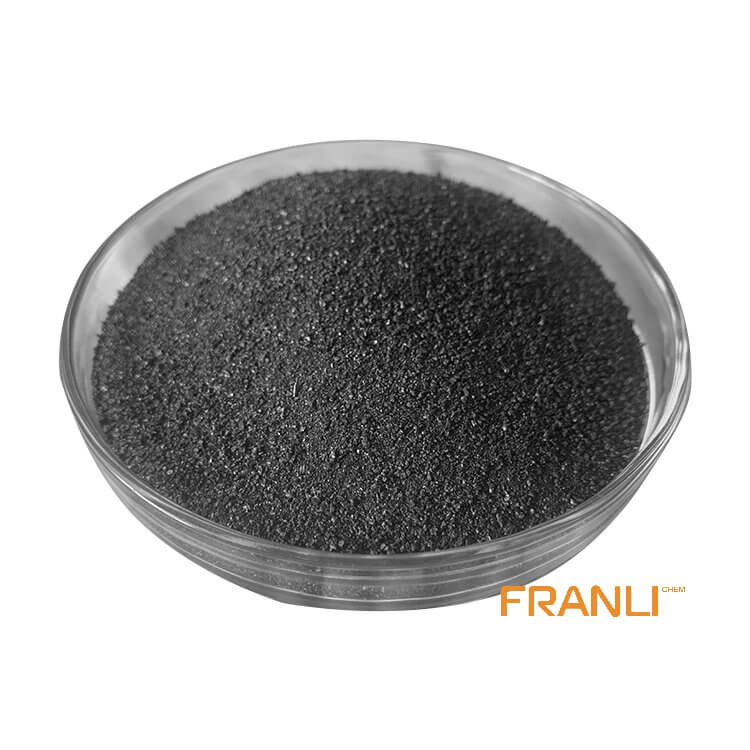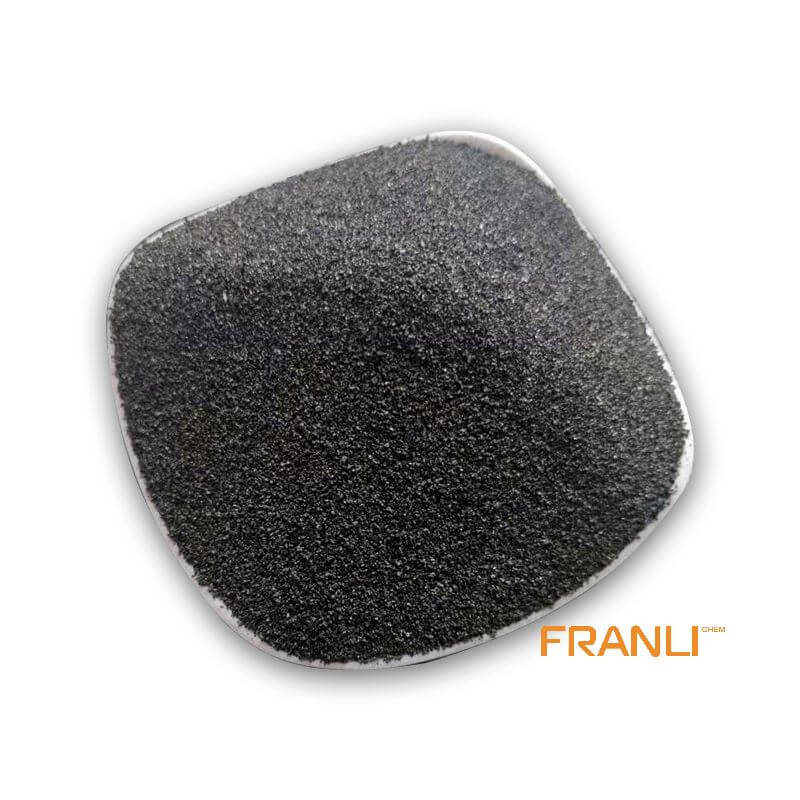


Petroleum Coke
Size
According to your requirements
Package
25 kg small bags into ton bags or ton bags
Features
Low ash content and low boiler ash discharge, etc.
Application
Depending on its quality, petroleum coke can be used in industries such as graphite, smelting and chemical industry, etc
Petroleum coke, as a byproduct of petroleum, is produced in the process of petroleum processing, that is, the crude oil is distilled to separate light and heavy oil, and the heavy oil is converted into petroleum coke by hot cracking. If petroleum coke can be obtained directly from petroleum processing, then the petroleum coke is raw coke or ordinary coke. Petroleum coke has irregular shape, dark gray or black, porous structure and metallic luster.
Request a quote1. Property of petroleum coke
Petroleum coke is a black or dark gray hard solid petroleum product with metallic luster and porosity. It’s a granular, ccolumnar, or acicular carbon formed by tiny graphite crystals petroleum coke is composed of hydrocarbons, containing 90-97% carbon and 1.5-8% hydrogen. It also contains nitrogen, chlorine, sulfur and heavy mental compounds
Petroleum coke is a by-product of cracking feedstock of delayed coking unit to produce light oil at high temperature The output of petroleum coke is about 25-30% of the feed oil Its low calorific value is about 1.5-2 times that of coal, ash content is no more than 0.5%, volatile content is about 11%, and its quality is close to anthracite

2. Quality standard of petroleum coke
Delayed petroleum coke refers to the raw coke produced by delayed coking units, also known as ordinary coke. There is no corresponding national standard At present, domestic production enterprises mainly produce according to the industrial standard sh0527-92 formulated by the former Sinopec (see the attached table for details) The standard is mainly classified according to the sulfur content of petroleum coke. Grade I coke and No. 1 coke is suitable for making ordinary power graphite electrodes in the steel-making industry and carbon for aluminum in the aluminum smelting industry; No. 2 coke is used as electrode paste and production electrode for electrolytic cell (furnace) in the aluminum smelting industry. No. 3 coke is used for the production of silicon carbide (abrasive material) and calcium carbide (calcium carbide) and other carbon products. It is also used for the manufacture of anode bottom block of aluminum smelting electrolytic cell and the construction of carbon lining brick or furnace bottom of the blast furnace.
3. Main uses of petroleum coke
The main uses of petroleum coke are prebaked anode and anode paste for electrolytic aluminum, carbon increasing agent in carbon industry, graphite electrode, silicon in smelting industry, and fuel.According to the structure and appearance of petroleum coke, petroleum coke products can be divided into needle coke, sponge coke, pellet coke, and powder coke:
(1) Needle coke, with obvious needle structure and fiber texture, is mainly used as high power and ultra-high power graphite electrode in steelmaking Because needle coke has strict quality index requirements in terms of sulfur content, ash content, volatile content, and true density, there are special requirements for needle coke production process and raw materials
(2) Sponge coke, with high chemical reactivity and low impurity content, is mainly used in the aluminum industry and carbon industry
(3) Pellet coke or spherical coke: it is spherical and 0.6-30mm in diameter. It is generally produced from high sulfur and high asphaltene residue. It can only be used as industrial fuel such as power generation and cement
(4) Powdered coke: produced by fluidized coking process, it has fine particles (diameter 0.1-0.4mm), high volatile content, and high thermal expansion coefficient. It can not be directly used in electrode preparation and the carbon industry

According to different sulfur content, it can be divided into high sulfur coke (sulfur content above 3%) and low sulfur coke (sulfur content below 3%) Low sulfur coke can be used as anode paste and prebaked anode for aluminum plant and graphite electrode for steel and iron plant High-quality low sulfur coke (sulfur content less than 0.5%) can be used to produce graphite electrode and carburizing agent Low sulfur coke of general quality (sulfur content less than 1.5%) is often used in the production of prebaked anode Low-quality petroleum coke is mainly used for smelting industrial silicon and producing anode paste High sulfur coke is generally used as fuel for cement plants and power plants.
4. Calcined petroleum coke:
When using graphite electrode for steelmaking or anode paste (melting electrode) for aluminum and magnesium, the raw coke must be calcined in order to meet the requirements of petroleum coke (raw coke) The calcination temperature is generally about 1300 ℃ in order to remove the volatiles of petroleum coke as much as possible This can reduce the hydrogen content of petroleum coke reprocessed products, improve the graphitization degree of petroleum coke, improve the high temperature strength and heat resistance of graphite electrode, and improve the conductivity of graphite electrode Calcined coke is mainly used to produce graphite electrode, carbon paste products, diamond sand, food grade phosphorus industry, metallurgical industry and calcium carbide, among which graphite electrode is the most widely used raw coke can be directly used as calcium carbide as calcium carbide main material and silicon carbide and boron carbide as grinding materials It can also be directly used as coke for blast furnace in metallurgical industry, carbon brick for blast furnace wall lining, dense coke for casting process, etc



